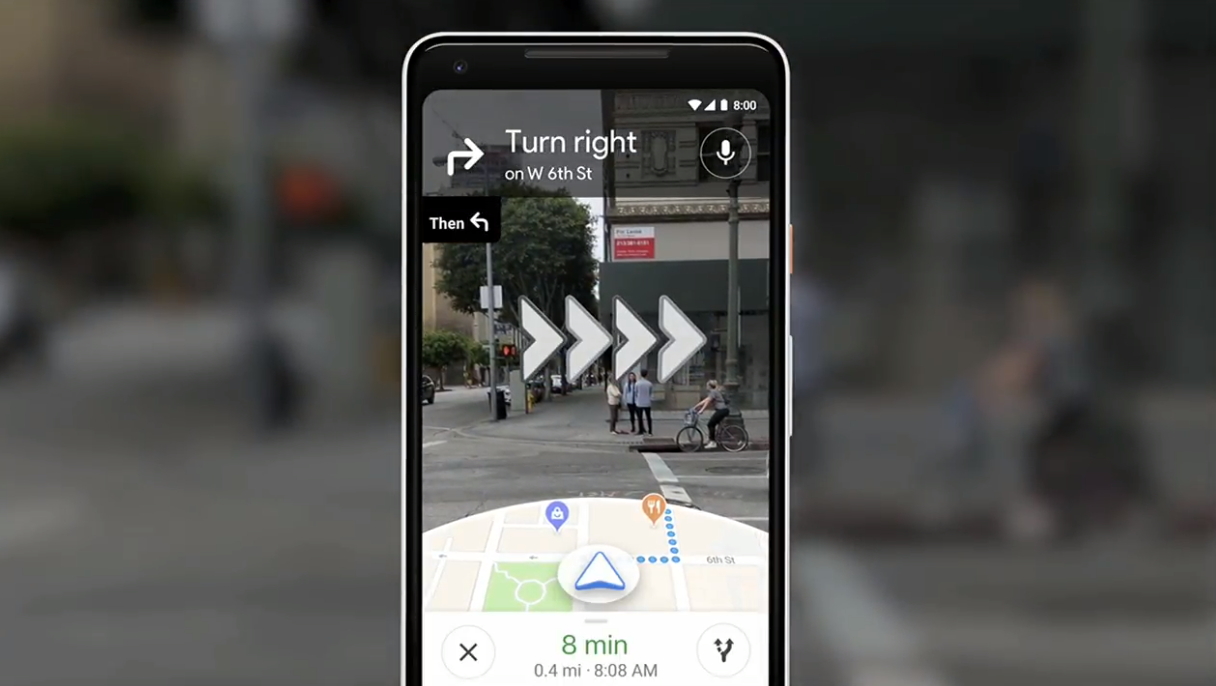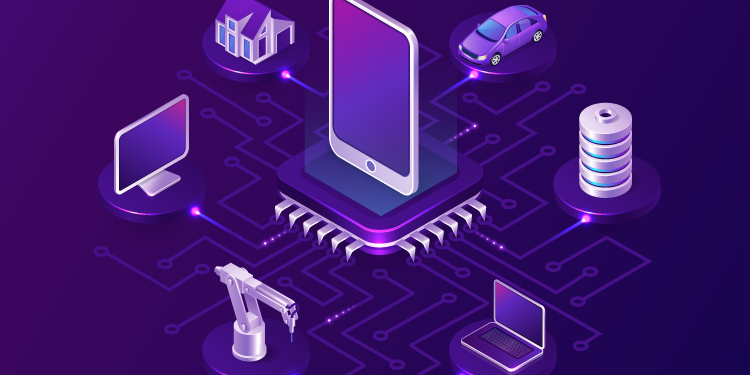The mobile app market is booming like never before. Every second, nearly 200 new apps are released on the App Store. As a developer, it’s your responsibility to stay up-to-date with this ever-changing world of mobile app development. If you want to create the next big hit in the app market, you must have an in-depth understanding of how things change over time. This blog post explores the current trends and future outlook for mobile app development.
Augmented Reality (AR)
AR is the next big thing in the mobile app space. It allows you to integrate real-world objects and images into your app. For example, you can use the ARKit to place digital objects on a physical table. You can also overlay digital objects on top of a person’s photograph, which adds a layer of realism to the app. AR is still in its infancy, and developers must be aware of some of its limitations. Scanning for AR features is a slow process for both the app and the user experience. Low-powered smartphones often struggle with ARKit.

For example, when you overlay a digital object on top of a table, you’re effectively taking a photograph of the physical world. If you have a low-resolution image, the result will often look like a muddy mess with barely any detail. This problem can be solved with better hardware. AR also has some legal issues. If a user overlays an AR-enabled app on top of a real-world object, the app suddenly becomes an AR-enabled app with a different goal.
Users are also unaware of the potential privacy issues when using AR. Apps can track the user’s every movement and record their personal data. You can avoid these issues by “segregating the app” and making sure the functionality of the augmented world stays within the app.
VR (Virtual Reality)
VR is the next step after AR. It allows you to immersively create a virtual reality to enhance the user experience. VR apps can be viewed through any VR headset like the Samsung Gear VR or Google Daydream. VR apps imitate the user’s physical surroundings and can create an immersive experience for the user. VR is definitely something that has been gaining attention in the app development industry.

However, it is still in its early days and developers must be aware of the challenges that lie ahead. One of the biggest challenges for developers is creating engaging VR apps. Creating an immersive experience for the user is not as simple as creating an engaging AR app. VR apps need a lot of focus when it comes to design, content, and layout. VR apps have a lot more to consider than traditional apps. For example, the app cannot be too heavy on the person’s phone because the app will cause discomfort to the user.
Artificial Intelligence (AI)
AI is the future of mobile app development. It helps create intelligent apps that can understand the user’s intent without any human intervention. For example, a ticket booking app can automatically check the ticket availability without asking the user to manually enter the search details. In fact, AI-powered apps can do a lot of the repetitive tasks in the app development process. AI integration in apps can be categorized into two types:
Natural Language Processing (NLP): NLP helps AI understand human language and form human-readable content.
Vision: Vision helps AI understand visual content like photographs and create custom visuals. AI can be deployed in two ways:
End-to-end: AI is deployed throughout the app development process and can help developers write less code.
On-demand: AI is deployed in the app at the time of use, and the user doesn’t notice the change. AI can be deployed in many other domains like health, transportation, financial management, and more.
Bot Development
Bot development is another trend in the app development industry. AI can be deployed to create unique conversational experiences and help users accomplish their tasks in the app. For example, a booking app can have a bot that can help users find the best deals on their trip. Bot development is mainly for business use. It helps business owners automate repetitive tasks and interact with customers through messaging. It can be deployed in two ways:
End-to-end: Bot development is similar to end-to-end AI implementation. However, in this case, the bot is implemented throughout the app development process with the help of a bot developer.
On-demand: Bot development is similar to on-demand AI implementation. However, in this case, the developer deploys the bot at the time of use. The user doesn’t notice the change. Bot development is mainly focused on creating conversational experiences. It doesn’t follow the usual programming techniques.

Peer-to-peer lending app development
Now that the world has become aware of the potential of blockchain technology, it’s only a matter of time before developers start using it to create unique apps. The peer-to-peer lending market is one of the fastest-growing markets in the world. Today, it’s estimated that there are more than 20 million people looking for a loan. In fact, there are over 5 million loans in the US alone. A peer-to-peer app in this market lets lenders and borrowers connect directly and start a lending relationship. The key to success in this market is to create an intuitive user experience.
Conclusion
Developers must be aware of the current trends and future outlooks for mobile app development. The future is full of opportunities for developers. Augmented Reality (AR) is still in its infancy and provides a lot of promise. VR is still in its infancy as well, but developers are exploring the best ways to implement it. Artificial Intelligence (AI) is the future of mobile app development, and bot development is another trend in the industry. The bottom line is that developers must keep an eye on the current trends and future outlook for mobile app development. It will help you create the next big hit in the app market.



















